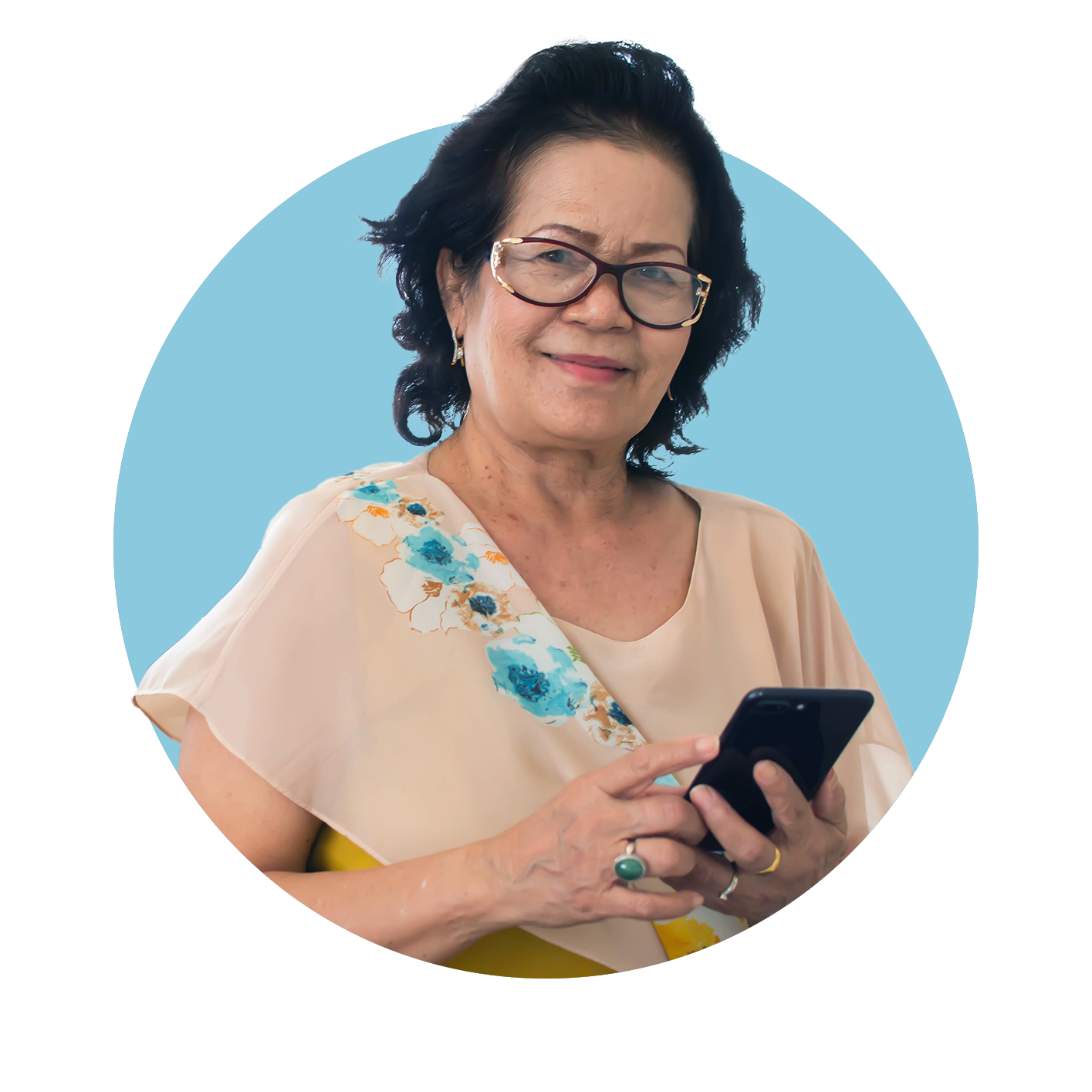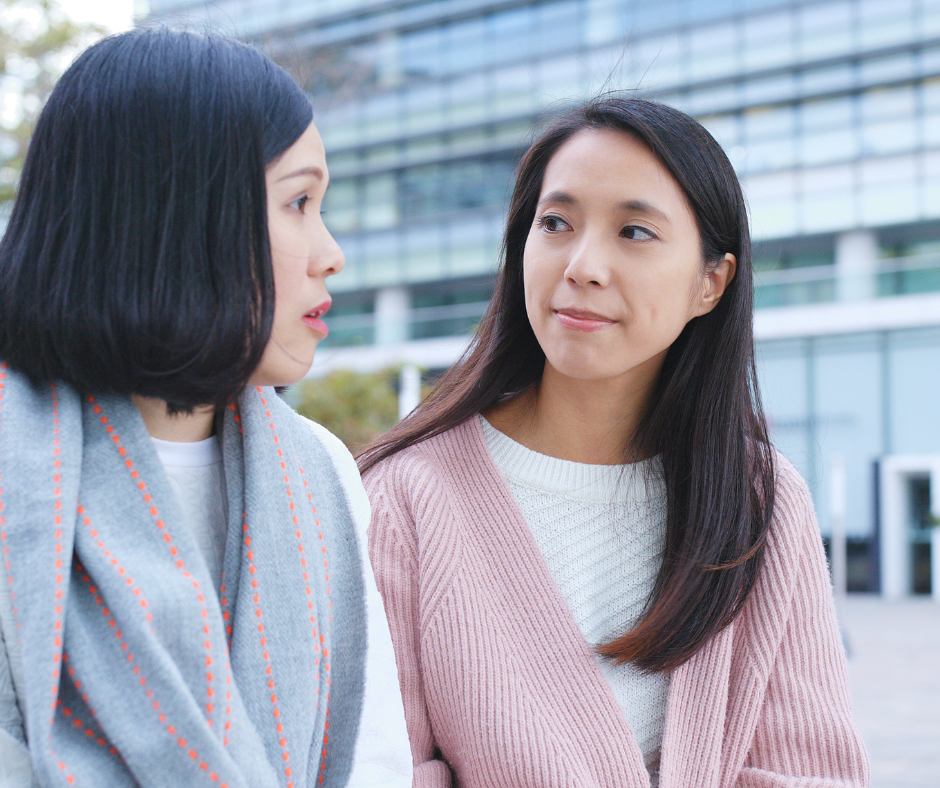Engaging culturally diverse communities in Breast Cancer Screening
SEMPHN is building on the success of a joint pilot program with BreastScreen Victoria to help re-engage culturally and linguistically diverse people who were overdue for their biennial breast screen (50-74 years).
Related Tags

Breast cancer is a significant health issue in Australia. While mammography is a highly effective way to detect early-stage breast cancer, language can be a significant barrier to accessing the service for some community members. Low English proficiency can mean that many women aren’t confident to call and book an appointment, leading to missed breast screening. Language barriers can often mean that women do not receive accurate information about the screening process or the importance of regular mammograms.
Where we started
Funded by the Victorian Department of Health, SEMPHN and BreastScreen Victoria collaborated to engage people who speak a language other than English (as their first language) and had not returned for a breast screen for more than two years.
The pilot was conducted from 2019-2020. Our focus was on outbound in-language calls to lapsed consumers who spoke Spanish, Russian, Cantonese, and Polish as these women represented a high number of ‘lapsed’ screens in the SEMPHN catchment.
The following year (2020-2021), we also trialed sending in-language text messages (SMS) to re-engage lapsed clients who spoke Mandarin, Greek, Vietnamese, Cantonese and Polish.
2019–2020
Calls made with lapsed clients
booked an appointment
attended an appointment
2020–2021
SMS sent to clients
booked an appointment
attended an appointment
Learning from culturally diverse women
Women often reported that they relied on friends and family to book their appointments and felt they may be placing a burden on their loved ones.
Women said they felt more comfortable and appreciative of the service and booking an appointment when communicated with in their first language.
As well as connecting people with life-saving screening, conversations grew into wider health discussions and built connections between staff and the communities. Women were appreciative of having someone to talk with who cared about them and helped them feel comfortable. This had a direct result of increased bookings, and increased attendance for bookings.

The program's success led to further initiatives in FY22/23, which built on its impact to engage under-screened communities in our region.
Engaging Chinese communities
A bilingual health educator was employed to engage with Mandarin and Cantonese speaking clients. They implemented targeted initiatives to inform Chinese community members about BreastScreen programs, such as community education sessions and in-language outbound calls to lapsed clients.
- 12 information sessions were held
- 10 consumer engagement events
- This led to supporting 30 clients to be booked into an appointment, with 24 attending.
- Outbound calls were made to 576 lapsed clients, with 24% booking an appointment and 19% attending.
Engaging other CALD communities
Interpreters were also engaged to provide in-language support (Dari, Vietnamese, Pashto, Spanish, Tagalog, Farsi, Hazaraghi, Khmer, and Tamil) when implementing community education sessions and collaborating with organisations to implement group screening sessions.
- 33 clients were supported to book into individual appointments, with 19 clients going on to attend an appointment
- 29 clients attended a group screening session, ranging in age from 40-74 years.
- As a result, around two-thirds of participants had their first screening.
We identified the top languages spoken by lapsed clients residing in the SEMPHN region, then sent targeted in-language SMS to clients.
- In-language SMS sent to 3,210 lapsed clients
- 8.6% of clients (275) booked an appointment and 7.8% (251) attended
- SMS in-language included Mandarin, Cantonese, Russian, Italian, Greek, Polish, Vietnamese, Spanish, Khmer, Sinhalese, Serbian, Arabic, French, Turkish, Tamil, Hindi, Croatian, Punjabi and Tagalog.
Engaging Vietnamese communities
This year, 343 in-language SMS were sent to lapsed Vietnamese speaking clients. A bilingual client contact officer was recently employed to reengage these clients with community education activities and outbound calls.
State and sector-wide impact
Thanks to the positive impact of our collaborations with BreastScreen Victoria, similar programs are being funded and expanded across the state. Our success in engaging culturally and linguistically diverse clients who are overdue for their breast screen in their language has led to its expansion to reach more clients across Victoria, including those who live regionally and remotely, being funded by the Victorian Department of Health.
Continuing SEMPHN’s partner program with BreastScreen Victoria SEMPHN is crucial to supporting culturally and linguistically diverse client’s reengagement in their screening.
Up next:
Innovative clinical placement program to improve treatment for people living with Opioid Use Disorder
Building skills and confidence in GPs to deliver Medication Assisted Treatment of Opioid Dependence (MATOD).




